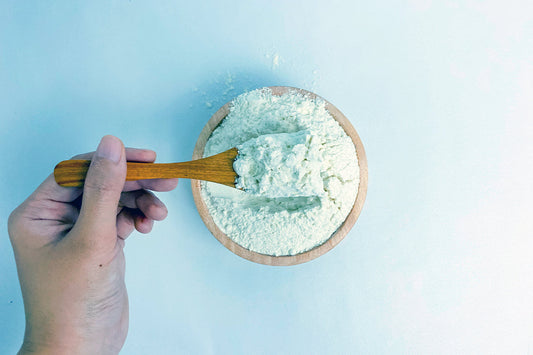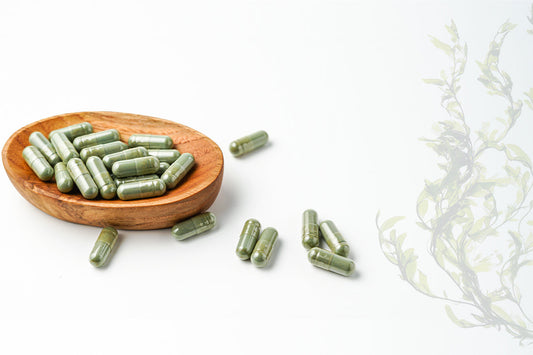If you’ve taken a few yoga classes, chances are you’ve met the pigeon pose—known in Sanskrit as Eka Pada Rajakapotasana or one-legged king pigeon pose. It helps open the hips, stretches the thighs, and can be a calming way to end a class. But for many people, especially beginners, pigeon pose isn’t as restful as it sounds.
Whether it’s discomfort in the front knee, tight hip flexors, or limited range of motion, pigeon pose can feel like more struggle than stretch. But the good news is, you don’t have to skip it altogether. There are several different ways to practice pigeon pose that can help ease into it and make it accessible for your body.
Here are 5 ways to practice pigeon pose safely, comfortably, and with better results over time.
- Traditional Pigeon Pose (The Classic Way)
Let’s start with the standard version of pigeon pose. Begin in downward facing dog. From there, bring your left knee forward and place it behind your left wrist. Your front foot should angle slightly under your body, with the toe side of your foot resting on the mat.
Your left thigh rotates externally, and your left leg is bent in front of you while your right leg stays extended straight back. This setup stretches the outer hip of the front leg and helps open up the hip flexors of the extended leg.
Make sure your hips are facing forward and not collapsing to one side. If one hip is much higher than the other, you can place a folded blanket or block under the hip of the front leg to help maintain balance.
Key Tips:
-
- Keep your front foot flexed to help ease strain on the knee.
- If your left thigh doesn’t touch the ground, that’s totally okay. Support it with a prop.
- Walk your hands forward and rest your forehead on the mat for a deeper stretch.
- Reclined Pigeon Pose (Back-Friendly Option)
Also known as Figure Four Pose, this variation is ideal if your range of motion is limited or if the traditional pigeon pose puts too much pressure on your knees or hips.
Lie on your back with both knees bent. Cross your left ankle over your right thigh, just above the knee. From here, reach your hands around the back of your right thigh and gently pull your leg toward your chest. You should feel a deep stretch in your left outer hip.
This variation takes the pressure off your front knee and allows you to explore the external rotation of the hip in a more supported position.
Key Tips:
-
- Keep both feet flexed to help ease tension in the knees.
- Breathe deeply and stay for at least 30 seconds to a minute on each side.
- Seated Pigeon Pose (Chair Variation)
Don’t have a yoga mat or floor space? No problem. You can do a version of pigeon pose while sitting on a chair. It’s perfect for office breaks or for those with limited mobility.
Sit on a sturdy chair with both feet flat on the floor. Cross your left ankle over your right thigh. Keep your back straight and gently press your left knee down while folding slightly forward at the hips.
You’ll feel a nice stretch along the outer hip of the crossed leg. This variation is accessible and great for daily practice.
Key Tips:
-
- Keep your back long—avoid rounding the spine.
- Gently guide your front knee down using your breath and body weight, not force.
- Supported Pigeon Pose (Using Props)
If you enjoy the shape of the traditional pigeon but struggle with holding it for long, adding props can make a big difference. You’ll need yoga blocks or a firm cushion.
Set yourself up in the traditional pigeon pose, but slide a block or folded blanket under the outer hip of the front leg for support. You can also place a bolster under your chest as you fold forward, letting your upper body fully relax.
This version helps maintain the benefits of pigeon pose while easing pressure on the joints.
Key Tips:
-
- Support the front knee and hip well to stay comfortable.
- Allow your whole body to soften as you settle into the pose.
- Wall Pigeon Stretch (Simple and Supported)
This variation combines the benefits of reclined pigeon with the support of a wall. Lie on your back with your feet up against the wall. Cross your left ankle over your right thigh and slide your hips closer to the wall until you feel a stretch in the left outer hip.
This version is super gentle but effective. It’s great for ending your day, especially if your hips feel tight from long periods of sitting or standing.
Key Tips:
-
- Use a yoga mat or folded blanket under your hips for added comfort.
- Adjust the distance from the wall depending on your flexibility.
Things to Remember When Practicing Pigeon Pose
Whether you're doing the traditional version or a variation, always listen to your body. Yoga isn’t about forcing your body into a pose—it’s about meeting yourself where you are.
Here are some key reminders:
- Never push through sharp pain, especially around the knees.
- Support your front knee and hip with props if needed.
- Focus on external rotation of the hip, not how far your front foot moves forward.
- Your back leg (left leg when it's extended) should be straight and relaxed.
- Keep your front foot (toe side) active and slightly flexed.
Working with a certified yoga teacher can also help guide your form and ensure you're practicing pigeon pose in a way that suits your body best.
Final Thoughts
Pigeon pose is a powerful hip opener, but it doesn’t have to be uncomfortable or intimidating. By exploring different ways to practice pigeon pose—whether it’s on your back, in a chair, or with props—you can help ease tension in the hips and make this pose a part of your regular yoga routine.
Remember, it’s not about how deep you go into the pose—it’s about how connected and supported you feel while you're there. So take your time, explore these variations, and find the version that works best for your body today.






